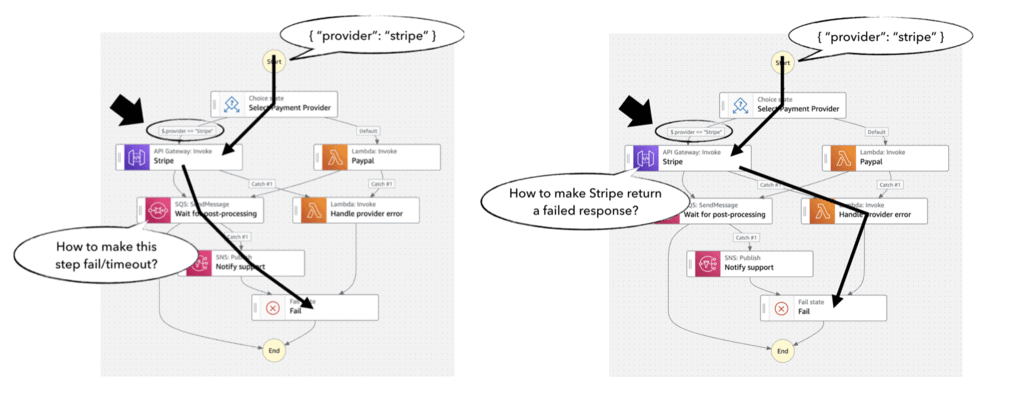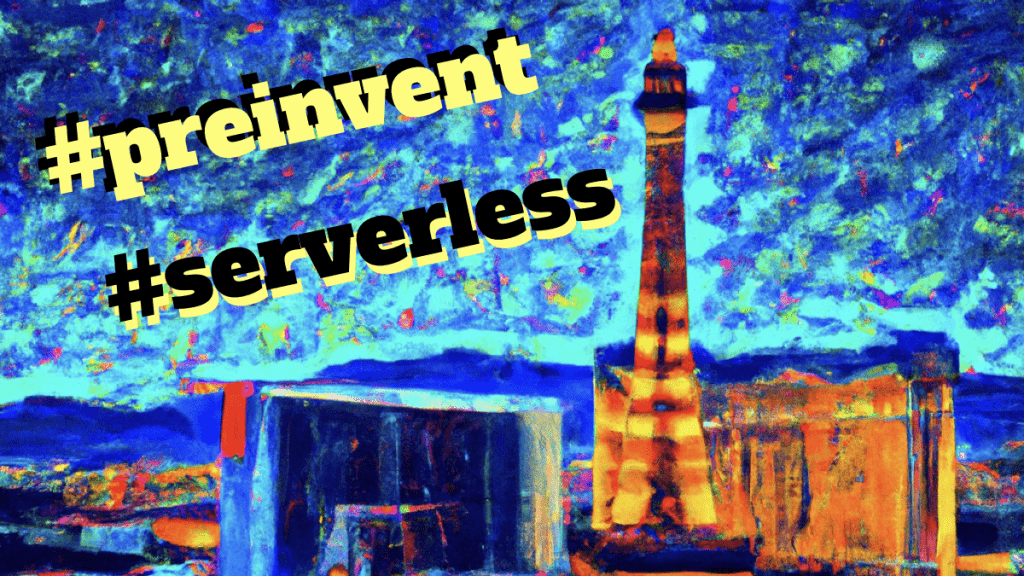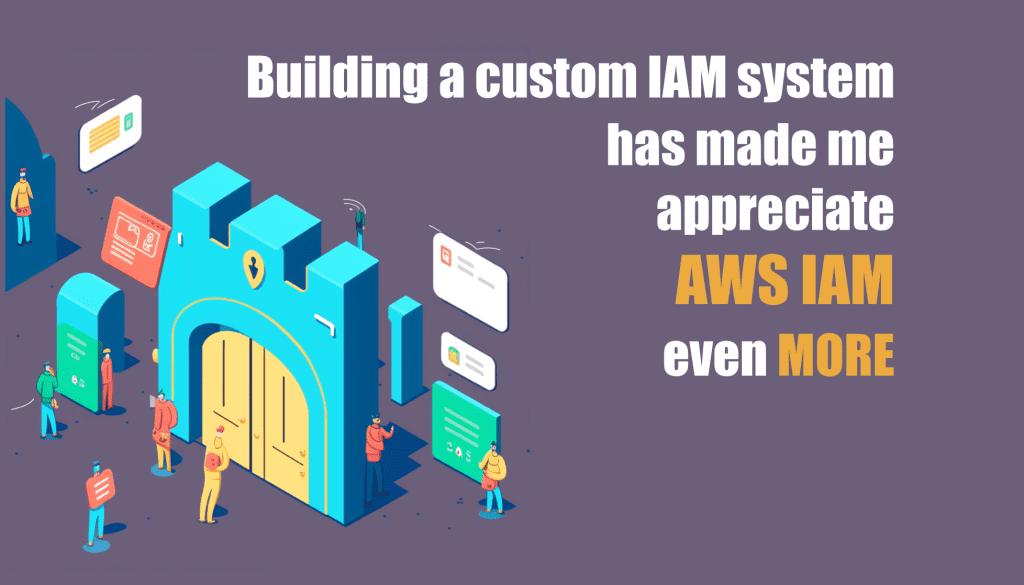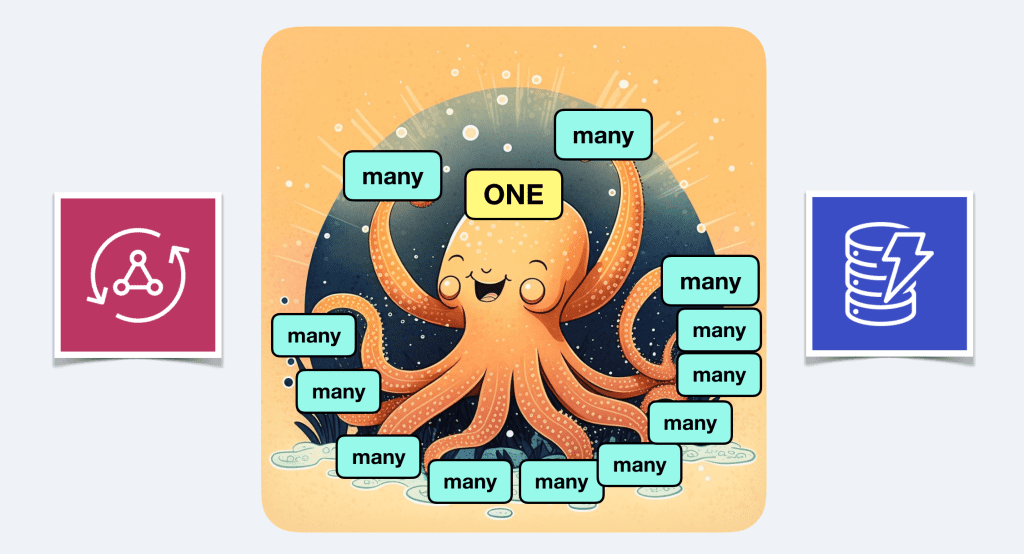How to handle serverful resources when using ephemeral environments
I’m a big fan of using ephemeral (or temporary) environments when I’m building serverless architectures. I have written about this practice before and I believe it’s one of the most important practices that have co-evolved with the rise of serverless technologies. It takes advantage of the pay-per-use pricing model offered by many serverless technologies such …
How to handle serverful resources when using ephemeral environments Read More »









